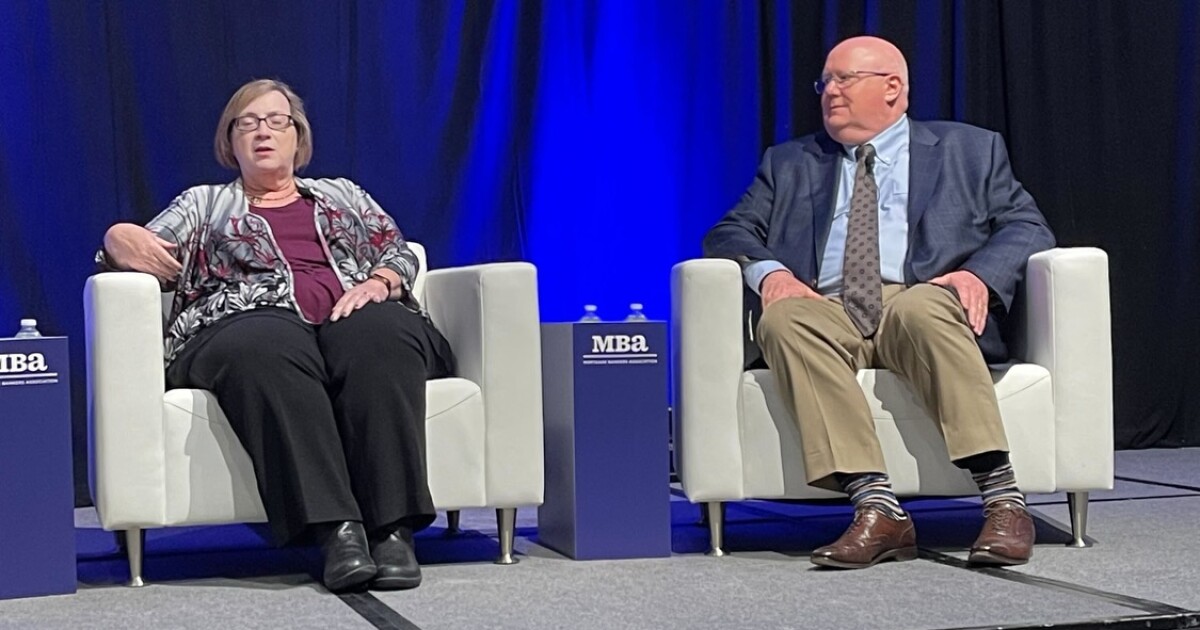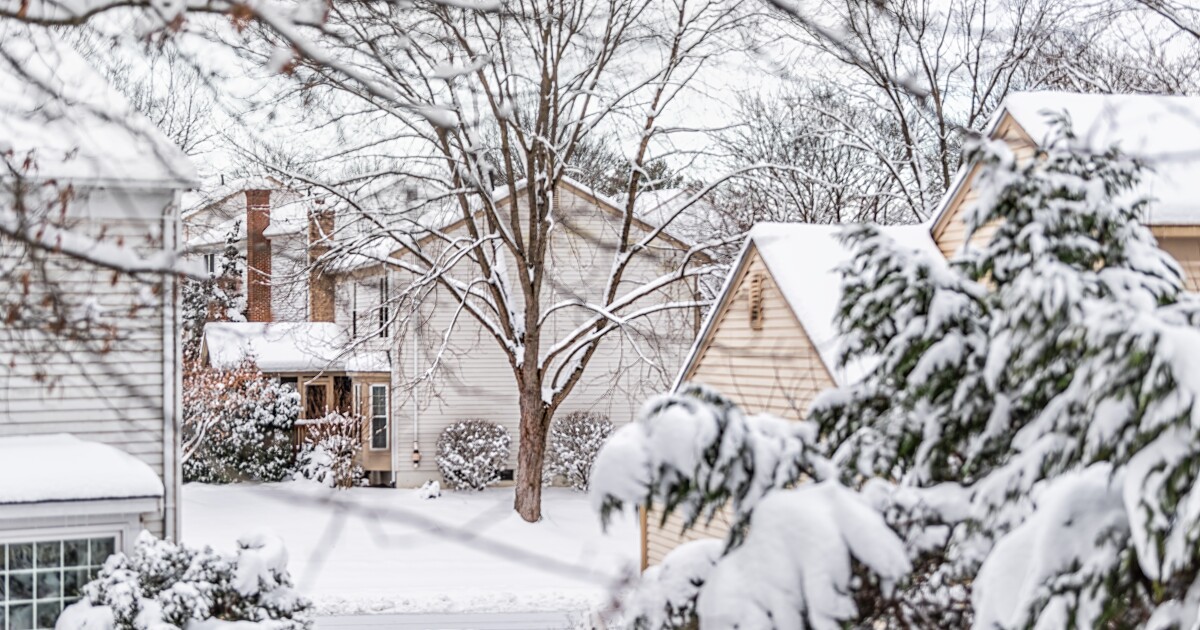
Ginnie Mae is considering offering incentives to some issuers that would ease nonbank risk-based capital requirements set to become effective at the end of the year.
While the guarantor of securitized government loans continues to
"Going into the 12/31 deadline, we're going to have a high level of compliance," Ginnie Mae's Chief Risk Officer Gregory Keith said during a government lending panel. "We think that at this point, we should not see anybody that's going to be challenged by the rule by the end of the year."
The new rule requires nonbank issuers to maintain a minimum capital ratio of 6% with risk weight of 250% for mortgage servicing rights, among other things. Leading mortgage trade groups had
While nonbanks appear ready for the upcoming change, Keith said Ginnie Mae was looking at ways to encourage sound financial practices among issuers that would place them in a more solid position to access financing.
Among the incentives being considered is a reduction in the level of capital required for issuers that have "demonstrated a history of successful hedging where the efficacy is really high," he said.
"That would be important to make the program attractive, but it's also a way to continue to use a carrot to create incentives for the issuer base to seek out ways to reduce their exposure to interest rate risk."
During the panel discussion, housing leaders also highlighted recent efforts to increase housing supply, including
"The housing stock that we have — existing housing stock, half of it is 50 years-old or more, and that means that if we don't find ways to reinvest that stock, we're going to lose that," said FHA Commissioner Julia Gordon. "So forget about how you incentivize new construction. We need to not lose the homes that we already have."
FHA has also introduced several initiatives aimed at boosting affordable prefabricated home construction, including grant programs and redesigned FHA lending products. Improved construction techniques have led to the creation of homes "that are, frankly, quite indistinguishable from site-built homes, but come at a lower price point because they are built in a factory," Gordon said.
Easing restrictions that have hampered home construction for decades is a necessary, and perhaps overdue, step for the U.S. to achieve successful affordability outcomes, according to Jim Glennon, vice president of hedging and trading client services at Optimal Blue.
"Some people will say that regulation has made it a lot more expensive to build or to develop new projects and homes," he said in an interview with National Mortgage News.
"I think that can be proven as well, looking at regulations over the past 30 years or so. Can they reverse that? I don't know, but that would be another place where there could be a focus."



